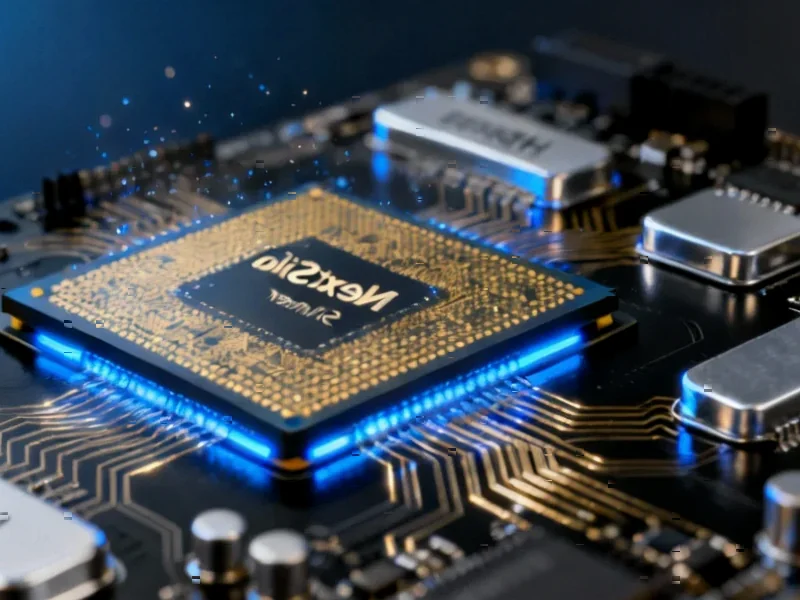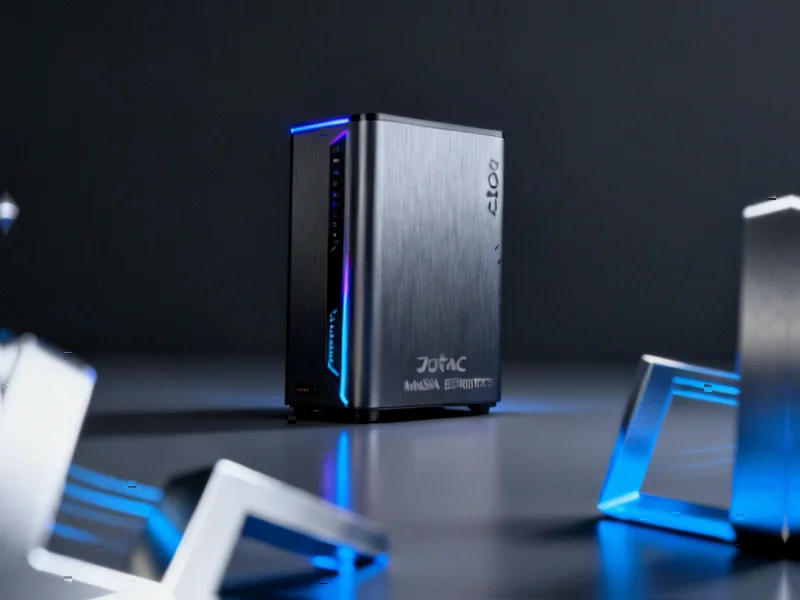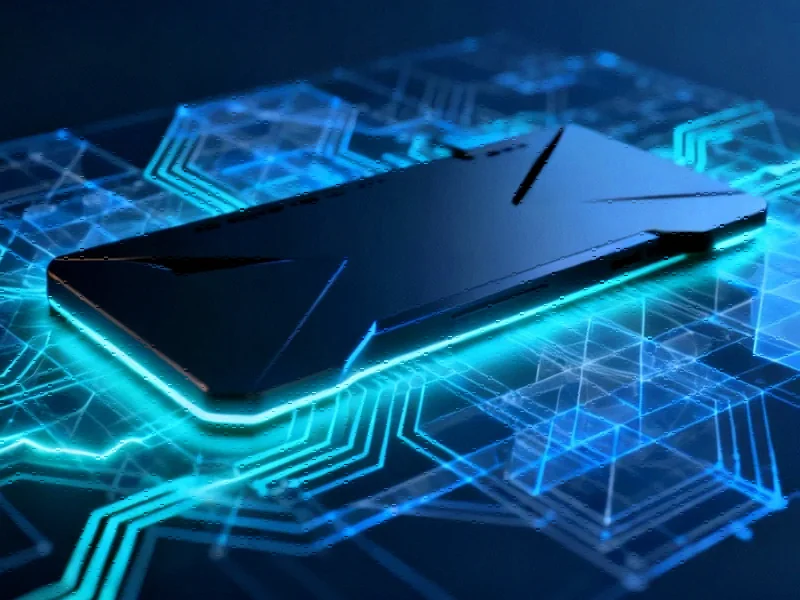In the high-stakes world of PC building, we’ve all witnessed the same tragic scenario unfold: an enthusiast proudly installs their shiny new Ryzen 9 or Core i9 processor, only to discover their motherboard can’t deliver adequate power, their GPU runs at half-speed, or worse—the chip won’t even fit the socket. While graphics cards and processors grab headlines with their impressive benchmark numbers, it’s the humble motherboard that quietly dictates your system’s upgrade destiny. According to recent analysis, motherboard compatibility issues account for nearly 40% of failed PC upgrades, turning what should be simple component swaps into costly full-system rebuilds.
Table of Contents
- The Socket Squeeze: When Your CPU Upgrade Hits a Wall
- Power Delivery: The Silent Upgrade Killer
- PCIe Generations: The Bandwidth Bottleneck
- Form Factor Compromises: When Small Means Sacrifice
- Strategic Motherboard Selection: Beyond Spec Sheet Comparisons
- Future-Proofing in an Evolving Ecosystem
- Related Articles You May Find Interesting
The Socket Squeeze: When Your CPU Upgrade Hits a Wall
Socket compatibility represents the most fundamental—and frequently overlooked—upgrade barrier. The analysis highlights how AMD’s AM4 socket provided an unprecedented six-year runway for CPU upgrades, while Intel’s LGA 1200 lasted merely two generations. This divergence in platform longevity creates a fascinating strategic decision for builders: do you prioritize immediate performance or long-term upgrade flexibility?
What many builders don’t realize is that even when sockets remain physically compatible, firmware limitations can create invisible barriers. The early AM4 motherboard struggle with Ryzen 5000 chips serves as a cautionary tale—these boards required BIOS updates that weren’t always available or straightforward to implement. Industry sources indicate that motherboard manufacturers are increasingly using BIOS limitations to segment their product lines, creating artificial upgrade ceilings that push consumers toward premium models.
Power Delivery: The Silent Upgrade Killer
Voltage Regulator Modules represent perhaps the most technically complex upgrade consideration. While casual builders might focus on phase counts, the reality is more nuanced. “You can’t judge a VRM by its phase count alone,” explains hardware engineer Mark Chen, who’s consulted for multiple motherboard manufacturers. “We’re seeing boards with ‘doubled’ phases that deliver inferior power stability compared to genuine multi-phase designs, yet they look impressive on spec sheets.”
The power demands of modern processors make VRM quality more critical than ever. AMD’s Ryzen 9 9950X can draw over 200W, while Intel’s Core i9-14900K pushes 253W at maximum turbo frequency. These power-hungry chips expose weak VRMs quickly, leading to thermal throttling that negates the performance gains you paid for. What’s particularly concerning is how some manufacturers quietly limit support for flagship CPUs on budget boards or include “not recommended for overclocking” disclaimers that only appear in fine print.
PCIe Generations: The Bandwidth Bottleneck
The PCIe standard evolution creates another subtle upgrade trap. While PCIe maintains backward compatibility, running a PCIe 5.0 GPU in a PCIe 3.0 slot can bottleneck performance in specific scenarios. According to Gamers Nexus testing, the performance delta between PCIe generations remains minimal for current gaming workloads—typically 1-4% at 1440p resolution. However, this gap widens significantly with next-generation technologies like DirectStorage and in content creation applications where massive data transfers are common.
Meanwhile, the storage landscape is evolving even faster than GPU bandwidth requirements. PCIe 5.0 NVMe drives are already saturating the market, offering sequential read speeds exceeding 12,000 MB/s—performance that’s completely wasted on older PCIe 3.0 motherboards limited to ~3,500 MB/s. For builders considering future storage upgrades, motherboard PCIe support becomes critically important.
Form Factor Compromises: When Small Means Sacrifice
The compact PC trend has created a new category of upgrade challenges. Mini-ITX and Micro-ATX builds offer aesthetic appeal and space savings, but they impose severe expansion limitations that many builders underestimate. “We’re seeing GPUs that physically won’t fit in popular Mini-ITX cases, and cooling solutions that can’t handle the thermal output of modern processors,” notes system integrator Jessica Lin. “The form factor decision you make today directly determines what components you can upgrade to tomorrow.”
Full ATX boards aren’t just about having more slots—they provide better airflow, more robust power delivery systems, and additional connectivity that becomes crucial during upgrades. As component sizes and thermal demands increase, the spatial compromises of small-form-factor builds are becoming more pronounced. The trend toward larger GPUs and higher-TDP CPUs suggests that ATX’s upgrade advantages will only grow more significant in coming years.
Strategic Motherboard Selection: Beyond Spec Sheet Comparisons
So how should builders approach motherboard selection in this complex landscape? The key lies in looking beyond immediate needs to anticipate future requirements. “I advise clients to consider their likely upgrade path over the next 3-4 years,” says system builder Michael Torres. “If you’re planning to move from a mid-range to high-end CPU, you need a motherboard with VRMs capable of handling that transition. If storage speed matters for your workflow, PCIe 4.0 or 5.0 support becomes essential.”
The industry’s move toward platform-specific features adds another layer of complexity. Technologies like AMD’s StoreMI and Intel’s Rapid Storage Technology often have motherboard-tier limitations that aren’t immediately apparent. Meanwhile, the emergence of new connectivity standards like USB4 and Thunderbolt 4 creates additional upgrade considerations that many builders overlook during initial component selection.
Future-Proofing in an Evolving Ecosystem
Looking ahead, motherboard upgrade considerations are becoming even more nuanced. The industry’s gradual transition to PCIe 6.0, expected within the next 2-3 years, will further complicate upgrade decisions. Meanwhile, emerging technologies like CXL (Compute Express Link) promise to redefine how system components communicate, potentially rendering current motherboard architectures obsolete sooner than anticipated.
The motherboard market itself is evolving, with manufacturers increasingly segmenting features across price tiers. What was once standard on mid-range boards—adequate VRM cooling, multiple M.2 slots, robust BIOS support—now often requires stepping up to premium models. This strategic segmentation means builders must be more diligent than ever in researching exactly what they’re getting at each price point.
Ultimately, the motherboard represents your system’s foundation—and foundations matter. While it’s tempting to allocate budget toward components that deliver immediate performance gains, neglecting motherboard quality almost guarantees expensive compromises down the line. The most successful builds balance current performance with future flexibility, recognizing that today’s motherboard decision determines tomorrow’s upgrade options.



